Conclusion
We have only begun to scratch the surface in this report on the financial and economic aspects of colonization in Canada.
What we have tried to show here, is a glimpse of how Canada got its economy through theft, how colonialism has been reframed as fiscal policy, and how Indigenous livelihoods can be protected and thrive even in the face of state deprivations and violence.
The opposite of the “free handouts” stereotypes — the idea that somehow First Nations are pampered and privileged — reveals a much darker reality. In fact, First Nations face a predatory environment of interconnected forms of violence, as Pitawatakwat describes in Part 3, due to systemic impoverishment. First Nations have been denied even a fraction of what they have contributed to this nation’s wealth.
Restoring Indigenous economies requires focusing on the perspectives of those most impacted by colonization and the attacks on Indigenous livelihoods. It means reclaiming the language for “sharing” in dozens of Indigenous tongues. It means recognizing that Indigenous inherent rights do not stop at the boundaries of the reserve. It means holding up the mirror to a beastly self-destructive world and guiding it forward through the fire.
“Every time Native people stand up they say that we are holding the economy ransom. But it is the opposite of that, because our economy...includes the caribou, moose, deer, salmon and waters and everything that flows from our land, our language, our culture... We are a part of our own Indigenous economies, we’re never separated [because] everything that is on our land is our relative.”
- Kanahus Manuel, Ktunaka-Secwepemc;
Tiny House Warriors; The Ransom Economy webinar

As we write in the Introduction, this anti-colonial struggle is also an economic one. There is a great deal of money and personal wealth at stake in challenging the colonial relationship in which Canada maintains power by claiming exclusive authority over all underlying title to these lands.
The anti-colonial struggle against this array of corporate and state power is also global. Indigenous people from Canada have aligned themselves for decades with these international movements for freedom. In The Fourth World, Secwepemc leader George Manuel describes arranging secret meetings in Ottawa with President Nyere of Tanzania, who led large-scale nationalization projects to bring his people out of devastating poverty post-colonization. Canada sought to keep them apart, lest they share ideas or unite in a political alliance.
Even post-colonial countries around the world continue to struggle for economic independence. So, we should always think critically when we hear the words “financial aid” and consider why it is needed and what strings will be attached.
In conclusion, the Wiindigo economy — a society built on death — shows why it is settler society that will need First Nation leadership and support to “build back better.” This time, the new economy must be built on life.

